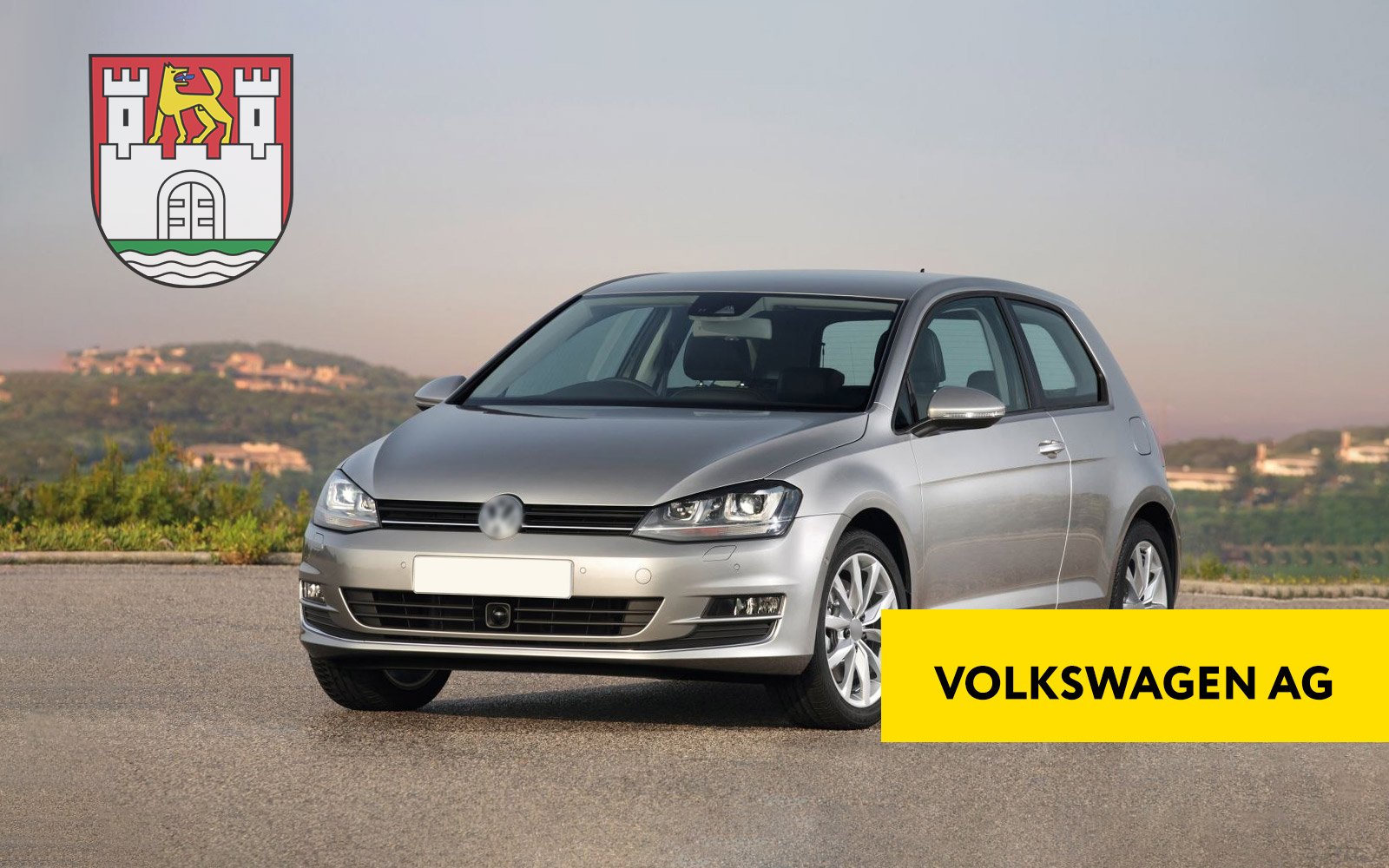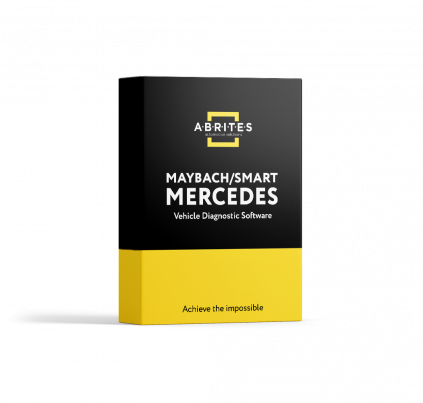
VOLKSWAGEN AG – A HISTORY OF VAG ELECTRONICS IN (I HOPE) LESS THAN 10 ½ CHAPTERS. PART 2
VAG IMMO IV and V
This week we are continuing our foray into the world of the Volkswagen IMMO generations. We will be looking into the more complex systems, and we will attempt to break them down in understandable pieces, so that we can all get a better feel of what is behind each of them.
IMMO IV
In IMMO IV we have many similarities to IMMO III+ and they are often confused with each other. Here we also have a pre-coding of transponder “Make dealer key”. They are all categorized by 5-digit PIN codes and use transponders of the ID48 type. Here we can pretty much do all – lost keys, module adaptations, cluster calibrations and basically all your needs are covered. It is not really possible to talk about a particular year from and to because there is an awful lot of cars which overlap with IMMO III+ and IMMO V.
IMMO V
Here is where it gets really interesting, as the IMMO V system is one of the systems which is not fully developed yet, we have limited coverage. For example, we have dedicated a whole blog post to the BCM2 cars which were the de-facto introduction of the IMMO V system, there we have full control – locked, unlocked BCM2s, adding keys, all keys lost programming, module adaptation – we can help with all of these. However there also the MQB generation of cars introduced with the Golf 7 where our support is limited to programming a second key for the cars equipped with a non- virtual cockpit dashboard, made by VDO. You see here is where we have a very big difference between the members of the IMMO V generation – in all IMMO V cars there is a distribution of the security bytes between different modules – For MQB cars you have Component Security in the dashboard, the transmission (if it is automatic), in the ELV and (of course) the ECU. In the BCM2 cars – the CS is in the same modules, but the immobilizer module is not the dashboard, it is the BCM of the car. In fact, you can drive a BCM 2 car without the dashboard installed at all. If you have not had the chance to look deeper into our blog post on BCM2 I strongly recommend that. Just look a bit back and all the details will be there.
Now that we have established a basic understanding of the general generations of immobilizer philosophy VAG use it is time to establish the difference between Component Protection and Component Security.
Component Security
Let us start by looking at Component Security as this is the harder of the two to explain. CS is a protective ideology developed by VAG in order to adapt together the essential components of the vehicle such as the ECU, transmission and Immobilizer (be it dashboard, comfort module, BCM or KESSY), as well as the keys of the car. In general CS consists of 7 bytes of data which is in these essential vehicle electronic components. Normally it is easier to find 6 of the 7 bytes and the seventh is usually found using the working key or one of our dedicated methods. As this is a protection system used for protecting the “essential” modules for the vehicle’s operation it is considered super highly protected and it is used for module replacement of these essential components, as well as key programming. CS is often encrypted and again this is where Abrites diagnostics for VAG can assist. The way CS works requires all the essential modules to have the same CS in all of them and this is where IMMO III+ IMMO IV and IMMO V adaptations occur. There is an in-depth video made by James Dillon which takes a look at the ideas behind the Component Security which you can watch for free on Youtube:
In terms of CS we have some special cases – there are engine ECUs with IMMO 5 installed in IMMO IV cars. There are also mixes between the different types, this leads to the so called immo IV/V types – 12 Byte IMMO with 16 Byte CS.
Component Protection
After understanding what component security bytes are, it is time to understand what Component Protection is. Well it is a theft protection system, but wait, it is not a theft protection system for your car, it is rather a system protecting the modules installed in your car. Let’s say a car is stolen and then broken into parts and sold as individual components. In this case you may need a replacement module for the A/C in your Audi A4. You are not prepared to pay main dealer prices and you buy a used one online or from a scrap yard. You place the module in your car but it does not operate. Why? Because of the component protection. We also made a blog about that, by the way. The adaptation of Component Protection for used modules can be done via the main dealer at a reasonable fee but in case the module you have bought is from a stolen car the dealer will not be able to adapt it and this will cause even more damage than it already is. We support component protection adaptations for many vehicles. Please check our blog post about component protection for a better look into the subject. Overall I think you can say that Component Protection is dedicated to the less essential modules in the vehicle which is the main difference between it and the CS. The next time you have “SAFE” on a dashboard or when you see “Component protection active” as a DTC you know which tool you need.
Component Protection is part of the secondary protection within VAG. In the first generation the CP was 4 bytes and now it is 16 with the gateway being the master of all the modules.
We will continue our swim in the ocean of information, which is VAG, we will perhaps skip next Friday but we will continue. I just wanted to take a moment to thank all you LEGENDS who read the blog posts and most of all to those who took the time to complete our survey. The overall result out of five is 4.5 which is absolutely superb. Your feedback makes me want to continue writing. THANK YOU!
Alek
 TCU Personalization Without FBS4 Data
TCU Personalization Without FBS4 Data
 BDC2 Replacement and Mileage Reset for BMW
BDC2 Replacement and Mileage Reset for BMW